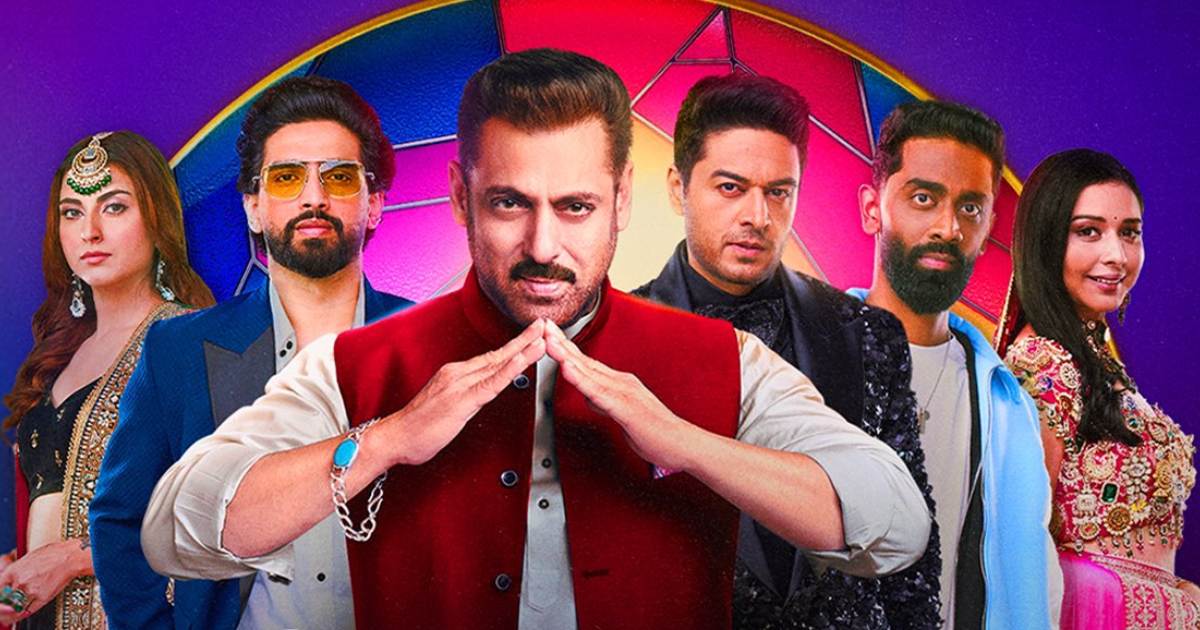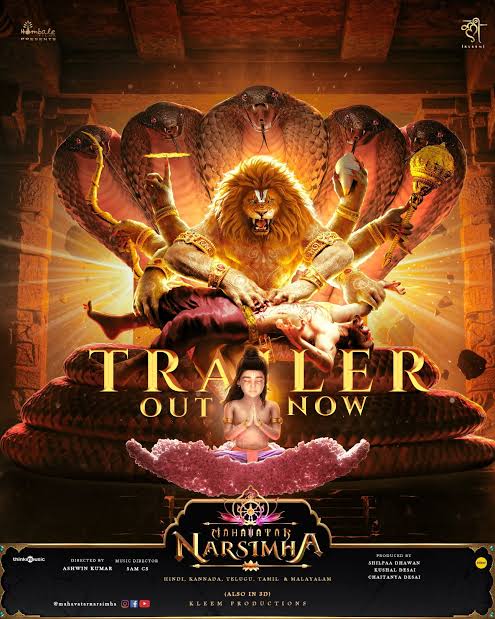
Not every asura’s child is a demon – Beyond Bollywood
Director Ashwin Kumar’s retelling of the legend of Narasimha is a highly entertaining and visually stunning animated spectacle.
Rating: ⭐️⭐️⭐️ ( 3 / 5)
By Mayur Lookhar
With the success of the KGF franchise and Kantara, Hombale Films has become one of the most sought-after production houses in Indian cinema. Having Hombale attached to a film instantly boosts its chances of success. After the press screening, we ran into a few people closely connected with Mahavatar Narsimha (2025), who told us that the animated film was originally made in a small studio in Delhi. Hombale came on board later as the presenter. Thanks to their involvement, the film is now getting a multilingual release. Interestingly, the makers are treating all language versions as originals.
Mythology has always been a tough space for Hindi cinema to explore. Even without today’s technology, classics like Sagar Arts’ Ramayan and B.R. Films’ Mahabharat set a high benchmark on television. B.R. Films also produced a well-regarded show on the legend of Narsimha. Others have attempted to tell this story too, but none left the same mark. The success of these epic TV shows made it even harder to recreate their magic on the big screen. Modern attempts like Ekta Kapoor’s Mahabharat (on TV) and T-Series’ feature Adipurush failed to connect and were widely panned. For a long time, this reviewer believed that matching the charm of those mythological serials was nearly impossible today, perhaps why animation felt like a safer, more effective route to revisit these tales.
Delhi-based Kleem Productions set out to create an animated film on the legend of Narsimha, aiming to offer viewers a fresh and unique experience.
Story

One of the most fascinating stories from Indian mythology, this saga revolves around the asura (demon) king Hiranyakashipu or Hiranyakashyap, who vowed to defeat Lord Vishnu and avenge the death of his twin brother, Hiranyaksha, slain by Varaha, an avatar of Vishnu. Blessed with immortality, Hiranyakashyap ruled with an iron fist, punishing anyone who dared to worship anyone other than him. But fate had other plans. He was left furious when his own five-year-old son, Prahlad, became a devoted follower of Vishnu. Enraged, the demon king didn’t hesitate to order his son’s execution. However, every attempt to harm Prahlad failed, thanks to divine intervention. Hiranyakashyap’s hatred for Vishnu and thirst for revenge finally met their end when the Lord appeared in his Narasimha (half-lion, half-human) avatar to confront the tyrant king.
Screenplay and direction
We believe most Indians are familiar with the legend of Narasimha. One of the film’s strongest points is that director Ashwin Kumar, along with writers Jayapurna Das and Rudra P. Ghosh (additional screenplay), have stayed true to the original story without distortion. We were told that the primary source material for this animated film came from Bhagwan, a book by ISKCON founder Srila Prabhupada. The Narasimha story is deeply rooted in ancient Hindu scriptures – most notably the Bhagavata Purana and the Vishnu Purana.
Kleem Productions’ animated film stands out for its quality writing and Sanskritized Hindi. One detail that caught our attention was the use of the contemporary slang “do taka” by Hiranyakashipu to insult Vishnu, a choice that felt slightly out of place. The justification given to us was that when intoxicated, a person, or even a demon, is unlikely to care about language. Barring that, the writing largely stays true to the tone of the tale. While the makers have remained faithful to the core story, they’ve taken creative liberties in visual storytelling, offering viewers a surreal and immersive experience. The animation style is reminiscent of what we saw in JioHotstar’s The Legend of Hanuman series.
We’re told this 3D creation was built using Maya and Houdini, rendered in Blender, and composited on Nuke. Of course, animators and video editors are best suited to comment on the technical finesse of these tools, but to the lay viewer, Mahavatar Narsimha is a visual splendor rarely seen in the history of Indian animation.
Ashwin Kumar and his team of designers keep viewers engaged with a largely effective screenplay that shines both in its drama and visual appeal, punctuated by a few musical tracks. The first half is well-paced, building anticipation for a more gripping second half. However, it does feel like the story wraps up a bit too soon, leaving you wanting more.
Voice Acting

Strangely, and quite rare for an animated film, the makers haven’t revealed the identity of the voice cast. The voices are unrecognizable, but it seems Ashwin Kumar has chosen to work with professional voice-over artists rather than chase superstars, some of whom even tag their son along.
For all its top-notch animation, the heart of the Narasimha legend lies in Prahlad’s unwavering devotion. This tale should be seen not as one of religion, but of pure devotion. The story also challenges the common belief that a demon’s child will inevitably turn out the same. Whether human or asura, just because a father is evil doesn’t mean his offspring will follow the same path.
We don’t know the full voice cast, but early on, it becomes clear that the voice behind Prahlad is feminine. As revealed to us, it’s a little girl who lends her voice to the character. The innocence in her tone perfectly matches the divine purity of Prahlad. He truly stands out in the asura kingdom, not just in spirit, but even in appearance, with no fangs like the others. The sheer devotion of a child to Vishnu, his father’s sworn enemy, defies belief, yet it’s precisely what makes Prahlad’s story timeless and inspiring.
Just look at this animated creation, Prahlad’s divine smile, his gentle voice, and the way he calmly faces death while clinging to his faith every single time. The joy and innocence on Prahlad’s face when Lord Vishnu reveals himself is a picture of eternal happiness. No one can truly claim to have seen the Almighty, but if they did, their expression would probably look just like Prahlad’s. Each time little Prahlad appeared on screen, we couldn’t help but shed tears of joy. Only the truly heartless could think of harming such a pure and beautiful soul.

Ashwin Kumar and his team of animators have left no stone unturned in designing this incredibly cute and innocent boy. With the feminine tone, slightly long hair, and that angelic face, honestly, it felt like watching an animated child version of Rashmika Mandanna. Ashwin Kumar’s Prahlad will melt hearts across the nation.
Kleem Productions have shown equal creativity in designing Hiranyakashipu and the other asuras of the kingdom. The undisclosed voice artist behind Hiranyakashipu delivers an intimidating voice performance, marked by a chilling calmness. What’s striking is his cold, unflinching attitude, as the asura shows no remorse at trying to execute his little child.

Interestingly, Hiranyakashipu’s design, especially the sharp jawline, reminded us a bit of Hollywood actor Willem Dafoe. At times, this ancient Indian villain even looked like a Far Eastern desi ancestor of Thanos.

Ashwin Kumar and his team have also created other animated wonders, including Bhoomi (Mother Earth), Varaha, and Varun Dev, the god of the seas.
Technical Aspects
The character design and the world Ashwin Kumar has created is simply surreal. However, one can’t help but be a bit taken aback by the level of gore in the Narasimha vs Hiranyakashipu battle. The early blows feel straight out of a Mortal Kombat arcade game. The cosmic scale of the fight delivers jaw-dropping visuals, but once it returns to Earth, things get extremely violent. Sure, a lion-headed god is expected to be fierce in battle, but the excessive bloodshed, especially the gory details like ripping out the heart and intestines, feels uncomfortable for children. Perhaps that explains the U/A certificate. Yes, many kids today are exposed to graphic combat games, but still, we wish the filmmakers had toned down the gore especially in a mythological animated film.
Final Word

For all its minor flaws, Mahavatar Narsimha has the potential to change the face of Indian animation in cinema. This belief stems from the sheer visual splendor Ashwin Kumar has brought to the screen. Indian names have long appeared in the credits of many Hollywood animated and live-action films, but it’s refreshing to finally see an Indian film showcasing world-class animation of its own.
The film also serves as a subtle reminder to our noisy neighbours, especially their military dictator General who insists that his people are vastly different from those of Bharat. For the record, the place where Narasimha killed Hiranyakashipu is today known as Multan, in present-day Pakistan. After Hiranyakashipu’s death, the region was renamed Prahladpur. Many centuries later, invasions by Mahmud of Ghazni led to the Islamisation of the area. While the ancient Narasimha temple no longer stands in Multan, this film challenges the myths perpetuated by Aasim Munir and others like him who claim they share no cultural roots with Bharat.
Watch the video review below.
Publisher: Source link

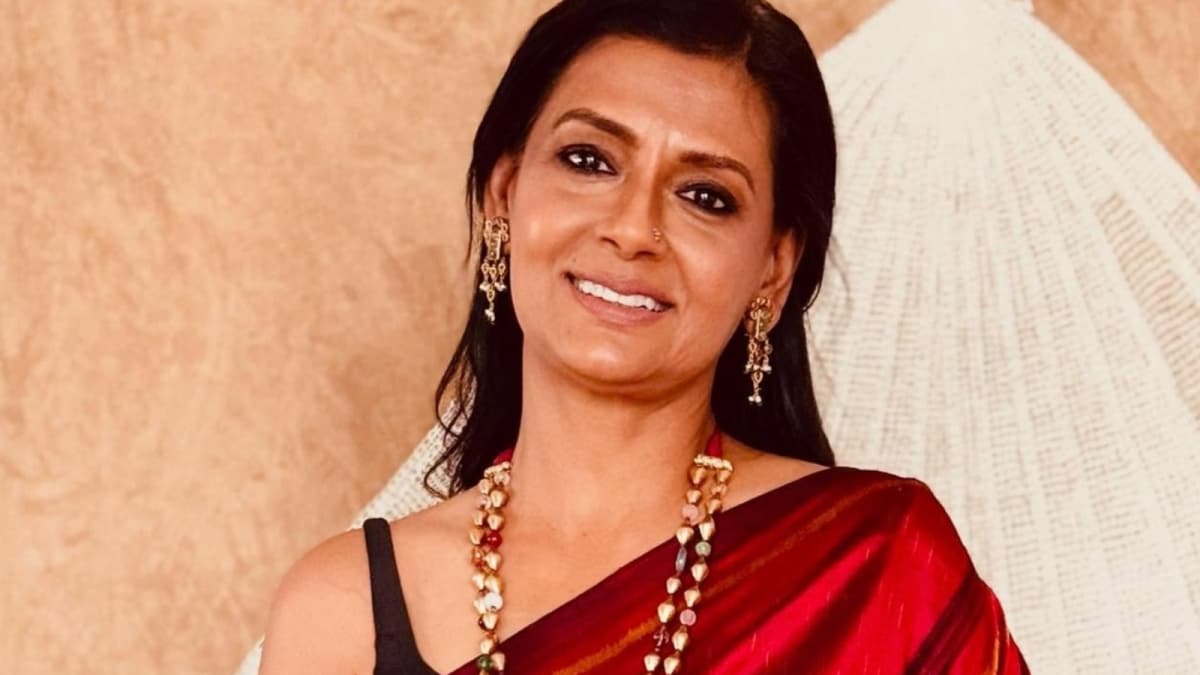
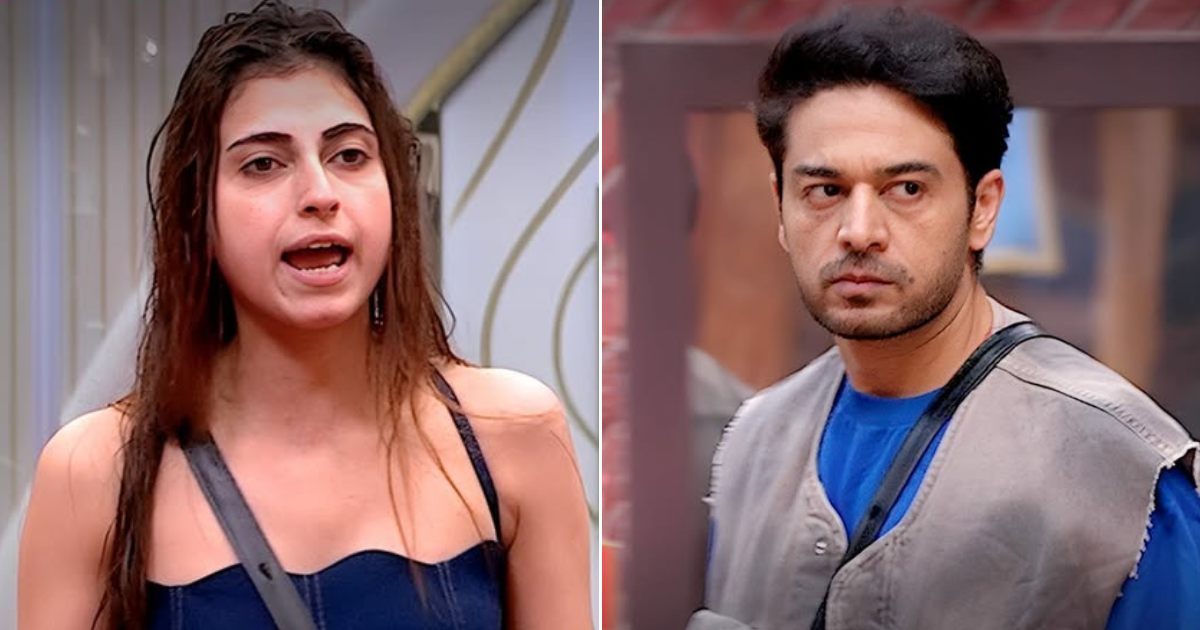
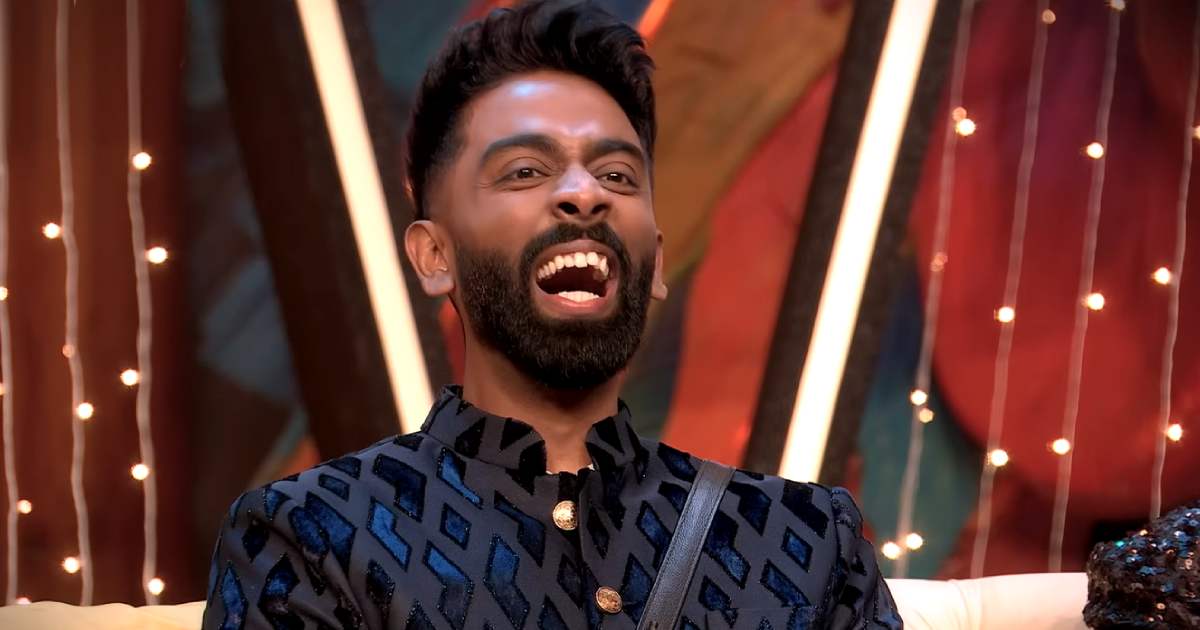
![1st Runner Up Farrhana Bhatt’s Total Earnings Lesser Than BB 19 Winner Gaurav Khanna’s Per Day Salary? [Fact Check]](https://www.filmibee.in/wp-content/uploads/2025/12/bigg-boss-19-farrhana-bhatt-01.jpg)
